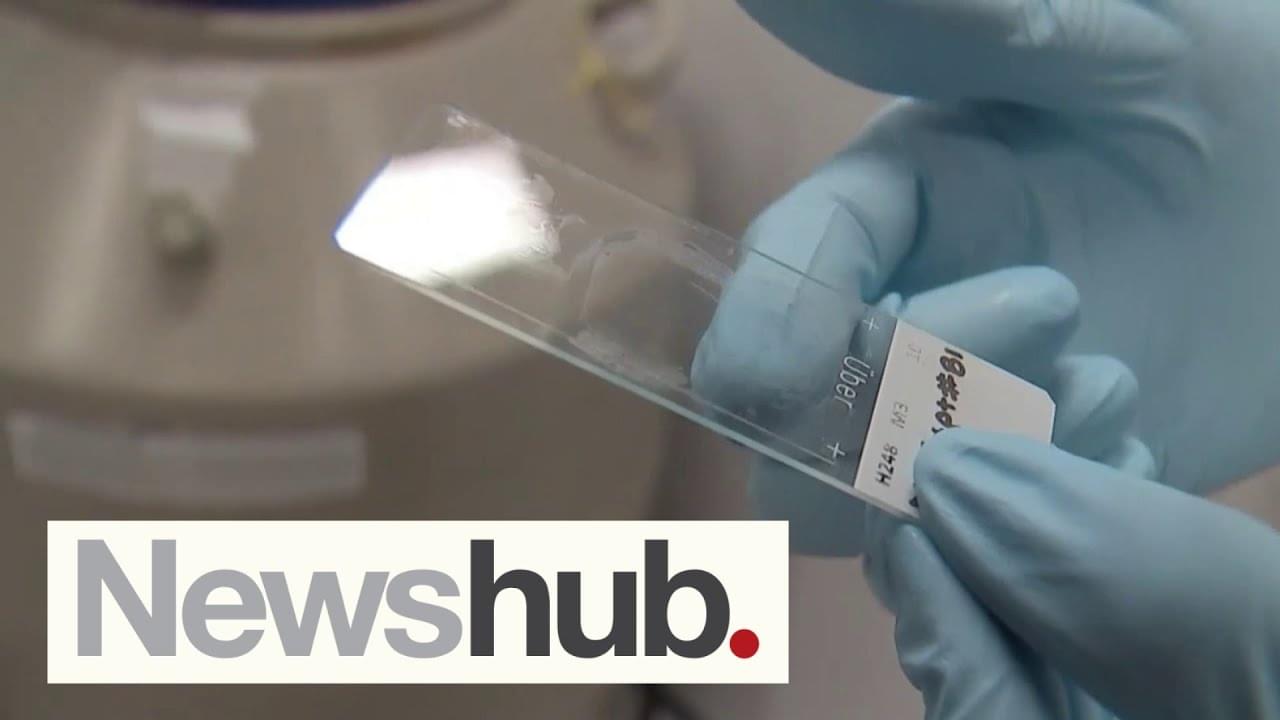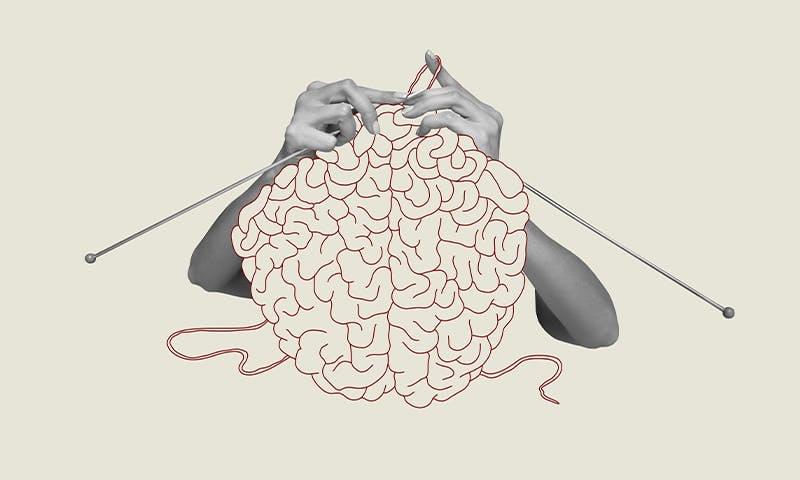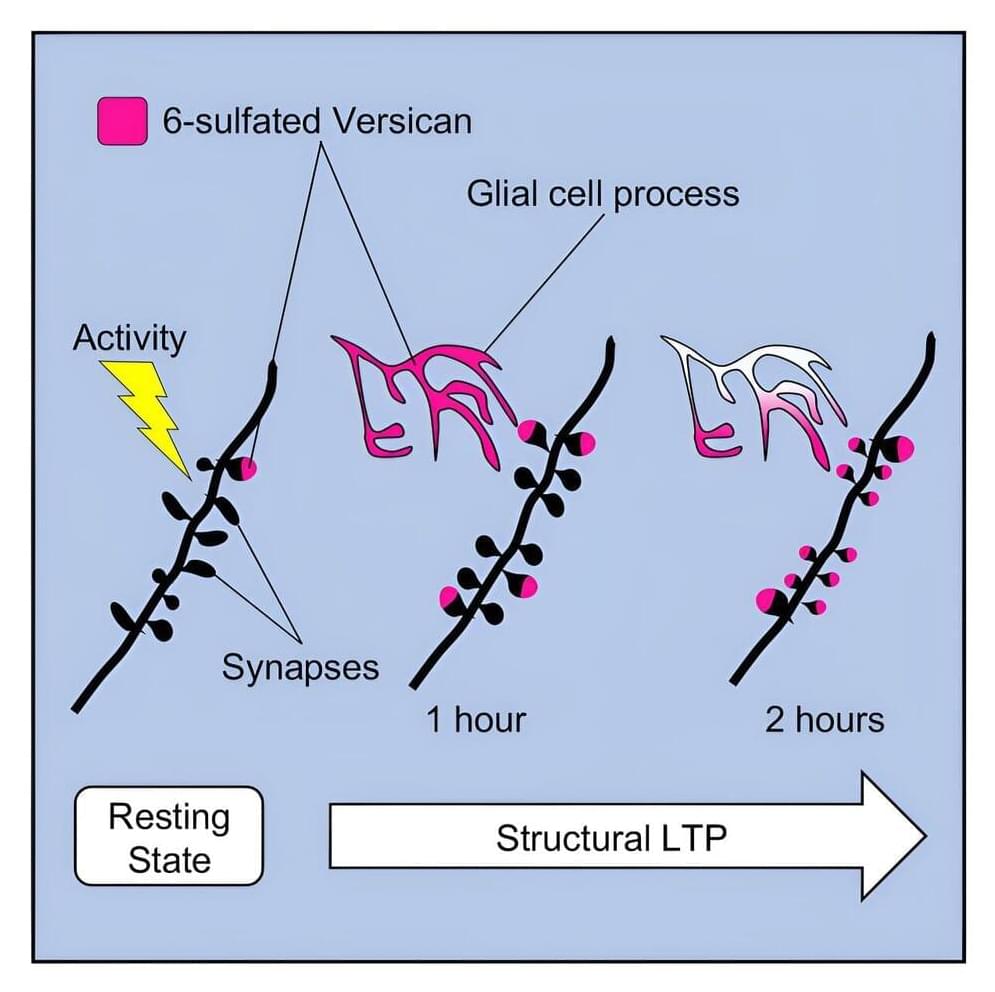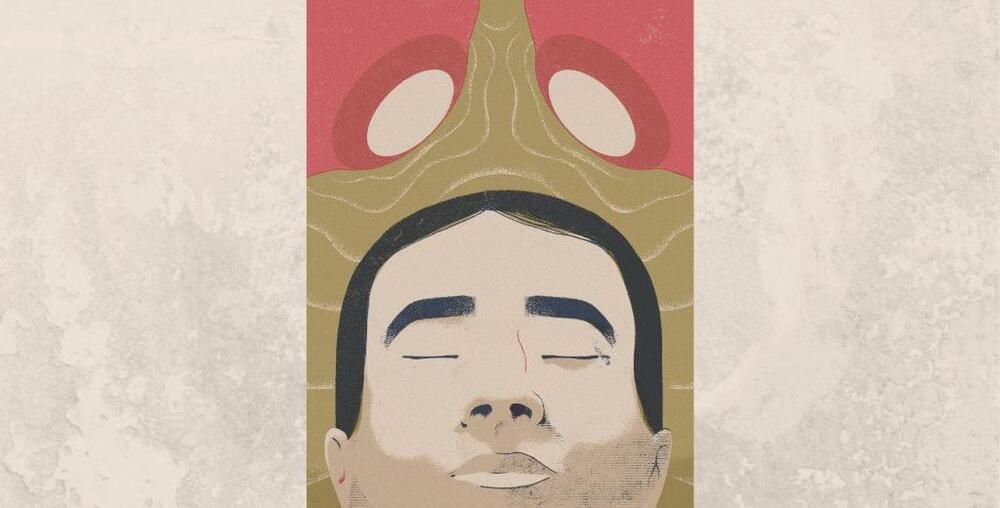Archive for the ‘neuroscience’ category: Page 115
May 8, 2024
I Never Stopped Learning from Daniel Dennett
Posted by Dan Breeden in category: neuroscience
May 8, 2024
Visual Intuitive Physics: Enhancing Understanding Through Visualization
Posted by Dan Breeden in categories: mathematics, neuroscience, quantum physics
Often perceived as abstract and challenging, physics covers fundamental aspects of the universe, from the tiny world of quantum mechanics to the vast cosmos of general relativity. However, it often comes with intricate mathematical formulations that intimidate many learners. Visual Intuitive Physics is an emerging field that seeks to transform this complexity into accessible visual experiences, making physics more tangible and relatable. By employing visual aids and intuitive methodologies, this approach enhances the understanding of physical principles for students, researchers, and enthusiasts.
Understanding complex physics concepts often requires intuitive visualization that transcends verbal and mathematical explanations. Visualization in physics involves using graphs, diagrams, simulations, and other visual tools to provide a tangible understanding of abstract concepts. For instance, Marr and Bruce emphasized that visual tools significantly enhance conceptual understanding in students by providing concrete ways to comprehend physical laws.
Visualization helps bridge the gap between theoretical concepts and practical understanding. Per Kozma and Russell, visualization is pivotal in building cognitive structures that make understanding and remembering scientific principles easier. This is particularly significant for concepts that lack direct physical analogs, such as quantum mechanics and relativity.
May 8, 2024
Researchers develop a nanoparticle that can penetrate the blood-brain barrier
Posted by Dan Breeden in categories: biotech/medical, nanotechnology, neuroscience
Researchers at Sylvester Comprehensive Cancer Center at the University of Miami Miller School of Medicine have developed a nanoparticle that can penetrate the blood-brain barrier. Their goal is to kill primary breast cancer tumors and brain metastases in one treatment, and their research shows the method can shrink breast and brain tumors in laboratory studies.
May 8, 2024
Researchers demonstrate a new mechanism of neural plasticity underlying learning and memory processes
Posted by Dan Breeden in category: neuroscience
Neurons are important, but they are not everything. Indeed, it is “cartilage,” in the form of clusters of extracellular matrix molecules called chondroitin sulfates, located in the outside nerve cells, that plays a crucial role in the brain’s ability to acquire and store information.
May 8, 2024
Some problems of the very intuitive evolutionary emergentist paradigm trying to explain consciousness from neurons
Posted by Dan Breeden in categories: computing, neuroscience
Some problems of the very intuitive evolutionary emergentist paradigm trying to explain consciousness from neurons, thanks to Andrés Gómez Emilsson and Chris Percy at Qualia Research Institute:
The “Slicing Problem” is a thought experiment that raises questions for substrate-neutral computational theories of consciousness, particularly, in functionalist approaches.
The thought experiment uses water-based logic gates to construct a computer in a way that permits cleanly slicing each gate and connection in half, creating two identical computers each instantiating the same computation. The slicing can be reversed and repeated via an on/off switch, without changing the amount of matter in the system.
May 8, 2024
Scientists decode why memories come back to dementia patients before death
Posted by Shubham Ghosh Roy in categories: biotech/medical, neuroscience
Dementia has become rampant among human beings who are pushed into a deep mental abyss, devoid of memories and remembrance.
It has been termed as “the long goodbye”. Even though the person remains alive, memories fade away slowly and irreversibly due to dementia.
Dementia eventually snatches away the ability of a person to communicate, eat and drink on their own, recognise family members and understand where they are.
May 7, 2024
‘Whole room was in tears’: NZ scientists see major breakthrough for motor neurone disease | Newshub
Posted by Joseph Barney in categories: biotech/medical, genetics, neuroscience

Now that’s Wonderful. It’s touching by how they were brought to tears in making progress in fighting neurogenitive disease.
Auckland scientists are celebrating an important breakthrough after zeroing in on a rare genetic mutation causing motor neuron disease. Their work is now being published in the journal Brain, and national correspondent Amanda Gillies spoke to the lead researcher. ➡️ SUBSCRIBE: https://bit.ly/NewshubYouTube.
May 7, 2024
Better depression relief with electromagnetic treatment
Posted by Shubham Ghosh Roy in category: neuroscience
Safer, more targeted electromagnetic treatment can bring faster, longer-lasting relief for people with depression.
May 7, 2024
Human skin cells converted into embryonic stem cells: First time human stem cells have been produced via nuclear transfer
Posted by Quinn Sena in categories: biotech/medical, genetics, neuroscience
Year 2013 face_with_colon_three
Scientists at Oregon Health & Science University and the Oregon National Primate Research Center (ONPRC) have successfully reprogrammed human skin cells to become embryonic stem cells capable of transforming into any other cell type in the body. It is believed that stem cell therapies hold the promise of replacing cells damaged through injury or illness. Diseases or conditions that might be treated through stem cell therapy include Parkinson’s disease, multiple sclerosis, cardiac disease and spinal cord injuries.
The research breakthrough, led by Shoukhrat Mitalipov, Ph.D., a senior scientist at ONPRC, follows previous success in transforming monkey skin cells into embryonic stem cells in 2007. This latest research will be published in the journal Cell online May 15 and in print June 6.
The technique used by Drs. Mitalipov, Paula Amato, M.D., and their colleagues in OHSU’s Division of Reproductive Endocrinology and Infertility, Department of Obstetrics & Gynecology, is a variation of a commonly used method called somatic cell nuclear transfer, or SCNT. It involves transplanting the nucleus of one cell, containing an individual’s DNA, into an egg cell that has had its genetic material removed. The unfertilized egg cell then develops and eventually produces stem cells.















